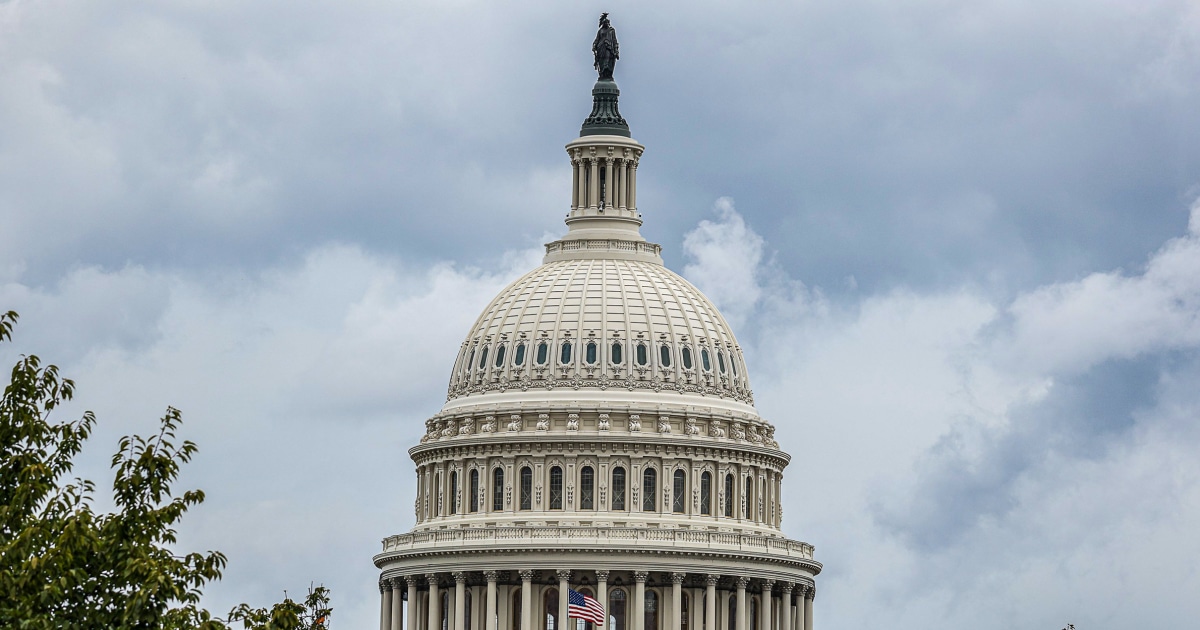Stargazers have a chance to get a good look at the Milky Way and summer constellations in the night skies this August.
Some of the planets are beginning to reappear – and one of the best meteor showers of the year, the Perseids, will be on display.
“August is really about the Perseids and getting out there. So that’s primo,” said Jackie Faherty, astrophysicist at the American Museum of Natural History. “ It’s the one that everybody waits all year for, the one that has the best chance of getting one of those crazy fireballs.”
The iconic summer triangle rises in the east after sunset and should be easy to spot all night long. The pattern comprises three different stars, each from a different constellation: Deneb in Cygnus, Vega in Lyra and Altair in Aquila. Within the star-studded isosceles triangle, there are three small constellations: Vulpecula, Sagitta and Delphinus.
Another bright star to watch for is Antares, which is often mistaken for Mars due to its red hue. The bright star, which is located in the southwestern part of the sky, is easy to spot in the fishhook-shaped Scorpius constellation. On Aug. 3, the red star will be right next to the moon.
“It’s a very distant star that’s going to blow up at some point, and its color is striking,” Faherty said. “ It’s very clearly red, and it’s going to go supernova.”
The Milky Way’s white, cloudy ribbon across the sky will be directly overhead. On a clear and dark night, it’s possible to see individual stars and dust clouds, but stargazers will need to leave the city to get away from light pollution.
“ The Milky Way in August is really gorgeous. It’s fabulous,” said Bart Fried, a member of the American Astronomical Society. “It rises from the south right up through the great summer triangle, and that’s something to see, too.”
The Perseid meteor shower, considered the best of the year, peaks on Aug. 12 with up to 100 shooting stars per hour travelling at more than 133,000 miles per hour. Unfortunately, the peak comes days after the full moon, which means the sky won’t be as dark. It’s still possible to see some of the fireballs that leave long, bright and colorful streaks behind them.
The best time to enjoy the meteor shower – and all other stargazing – is the second half of the month.
Aug. 23 is the night to mark on your calendar. It’s the last night of the Perseids and a new moon – the darkest lunar phase.
“It is one of the best, if not the best, major shower that we can see from New York,” Fried said.
Saturn closes out the month. By the end of August, the ringed planet will rise around 8:30 p.m.
Source link


